At this stage of my studies of business and leadership, my perception is that the World is hinged around people. Without people there will be no business and leaders. For you to be a Leader, you must have at least one follower. (Kellerman 2007)
Many big businesses often claim that people are their greatest Asset. (Duncan, 2013)
Becoming a situation Leader, is my dream. A leader that adapt to a given situation without compromising ethics, motivate, support and participate in a diverse team. (Yukl, 2010:26)
Adapt and resolve cultural differences in a transparent manner. Knowing that the world is not an ideal place, for me to succeed ad a leader, a mental inventory is required to access my inner self, using the feedback obtained from my followers or those I am leading.
The weekly, class team Leadership role and working on group assignments, gave me a further insight on some of the challenges, leaders contend with. The whole essence was to get the task for the week done collectively, through the other members of the team (Mullins, 2010:434)
My observation includes, some of us would want to hold on to the mantle of leadership for as long as it is possible. This corroborated Dr. Meredith Belbin’s assertion that there is a natural desire that People will embrace roles that work well in their area of comfort (Belbin 2012)
Sometimes, the suppression of the inclinations to encroach on other team member’s role, even when they are not the leader for the week, some sort of role usurping is demonstrated and this make these individuals unnecessarily difficult and sometimes their speech is void of civil expression. Fayol fifth and sixth principles becomes very prevalent in this situation, that is the Unity of direction, One head and one plan for a group of activities with the same objective. (Cole, 1984, pp. 13–14)
It was quite an experience and opportunity to be able to role play leadership, observe different behaviors, without getting into the way of fueling an already volatile situation. Fayol sixth and sixth principle is also demonstrated here, which state that Subordination of individual interests to the general interest The interests of one individual or one group should not prevail over the general good. (Cole, 1984, pp. 13–14)
Would people always act up in the ways enumerated? I have also learnt never to generalize and one of the key attributes of a leader with vision, is to be open minded when reading and interpreting situations and deployment of the most appropriate leadership styles, as the need arises ensure success to remain stay on top.
I will like to thank my Knowledge cast and Seminar tutors, Carole Still and Dr. Beeka respectively for providing an enabling learning environment throughout the Leadership module M005LON. You are a source of motivation and have also demonstrated that not only are Leaders born but Leadership can be taught. I owe my newly acquired leadership skills to both of you, which is an asset to lead any global team. Thank you.
References
Belbin, M. (2012) Dr Meredith Belbin – Belbin team roles [online] available from <http://www.belbin-southafrica.com/rte.asp?id=105> [26 June 2016]
Duncan, R. D. (2013) ‘Nine ways to keep your company’s most valuable asset — its employees’. Forbes [online] 20 August. available from <http://www.forbes.com/sites/forbesleadershipforum/2013/08/20/nine-ways-to-keep-your-companys-most-valuable-asset-its-employees/#295282e44390> [26 June 2016]
Kellerman, B. (2007) What every leader need to know about flowers
[online] available from <https://hbr.org > [16 June 2016]
Mullins, L.J. (2013), Management and Organizational Behaviour, 9th Edition, Harlow: Pearson Higher Education
Parker, Lee, D., and Ritson, Philip, A., (2005). Revisiting Fayol, British Journal of Management: Anticipating Contemporary Management [online], 16(1), 175-194
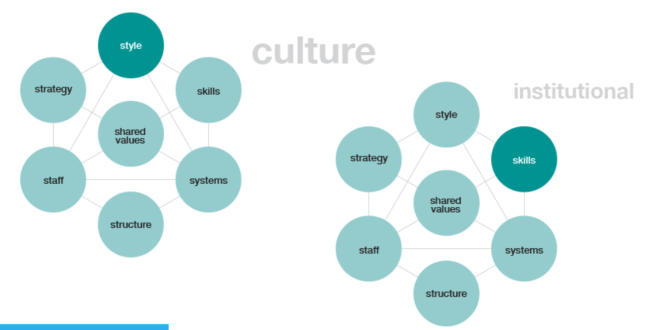


 Blanchard et al (2001)
Blanchard et al (2001)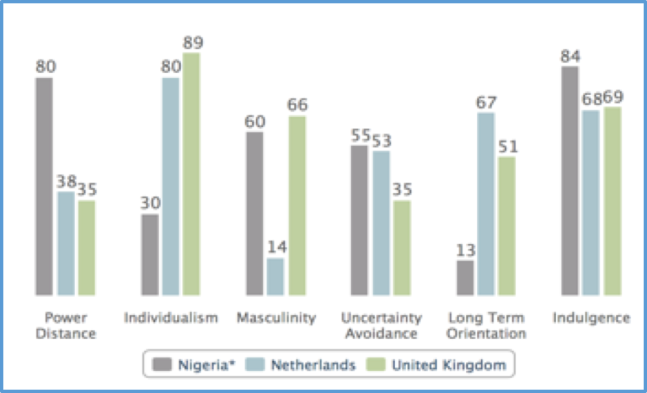
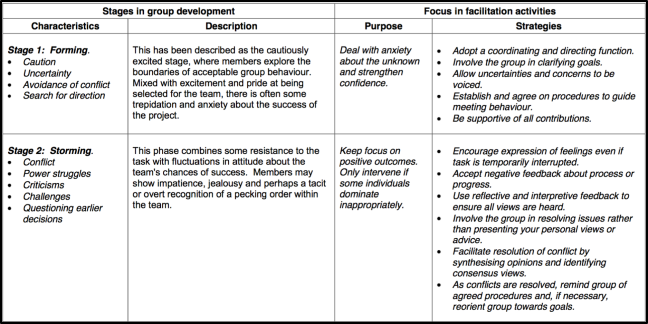


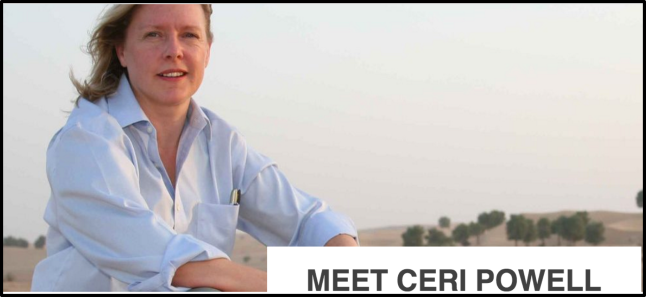 Shell operates in well over 70+ countries.
Shell operates in well over 70+ countries.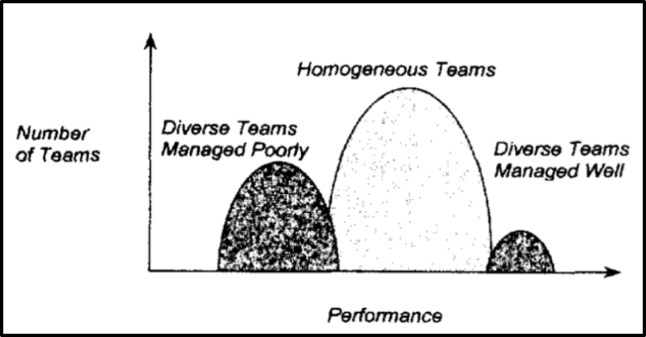
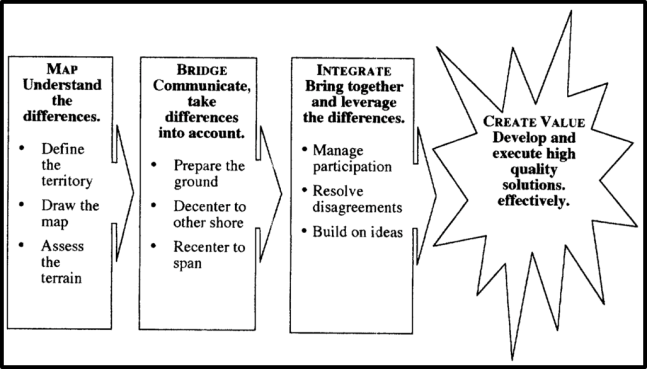
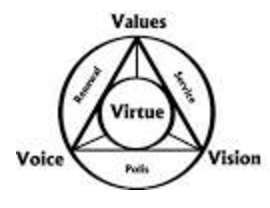 Figure 1 – 4V Framework (
Figure 1 – 4V Framework (